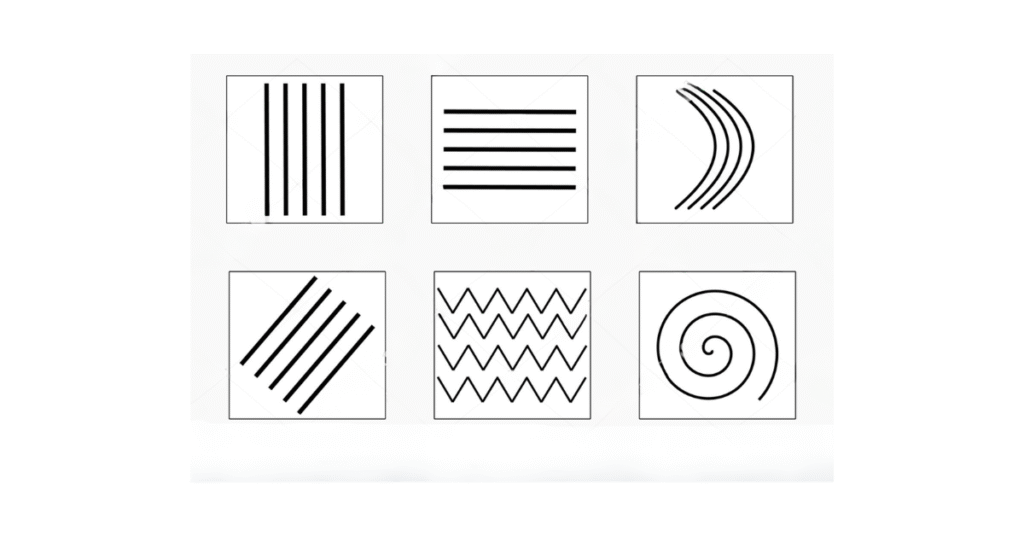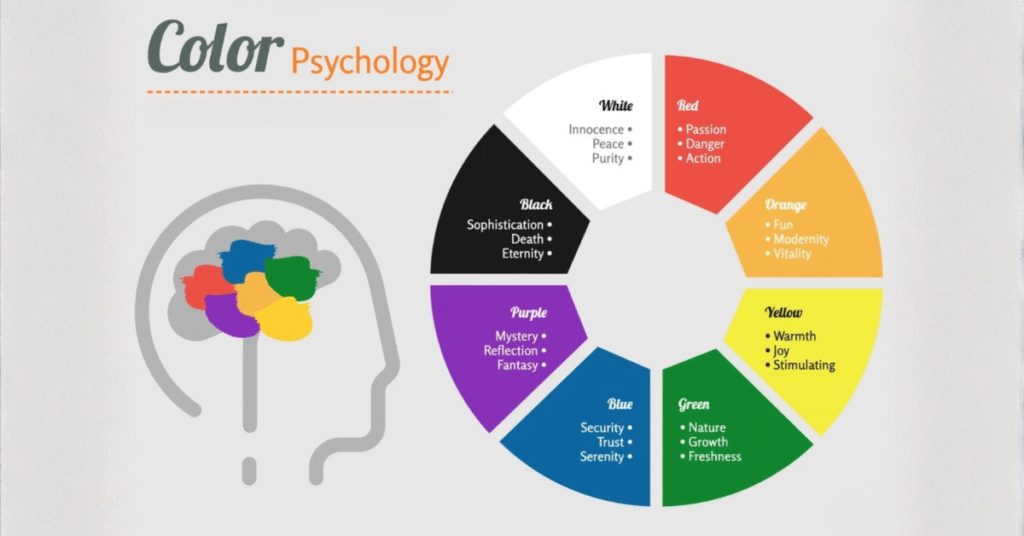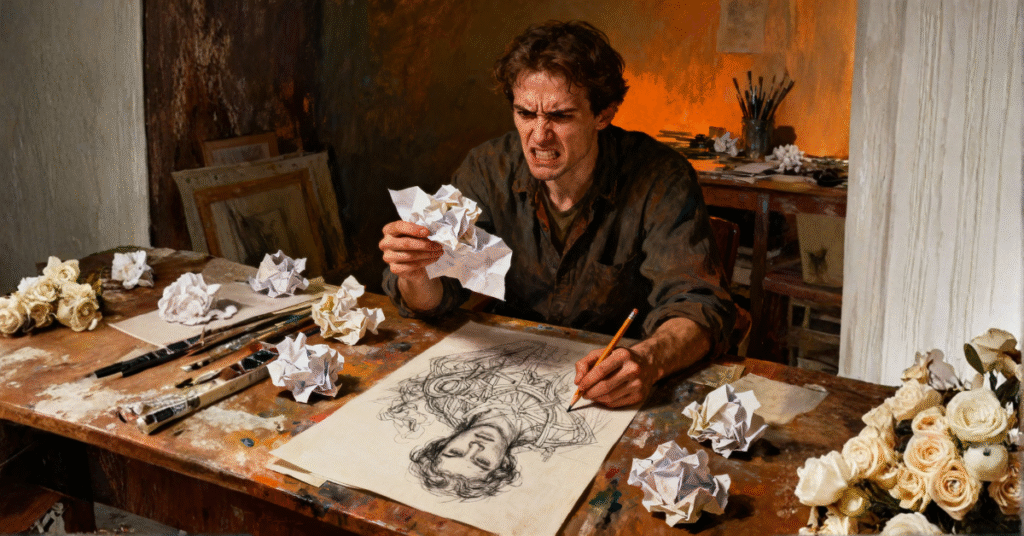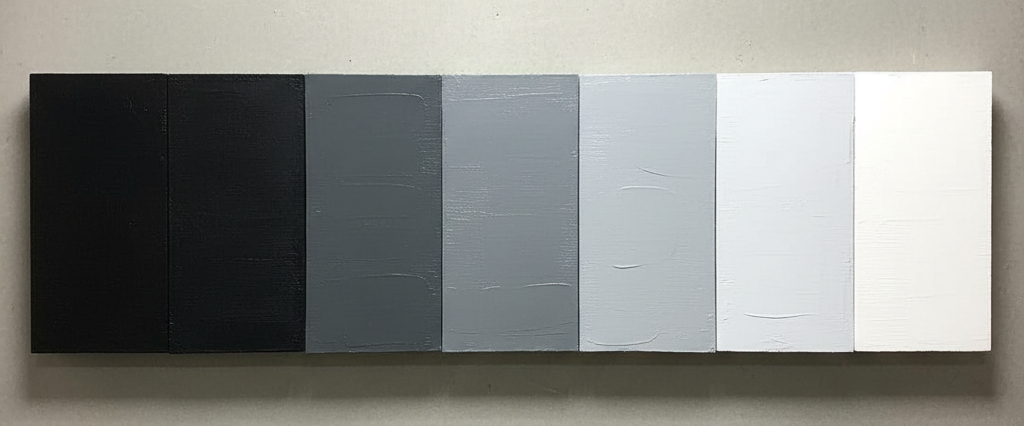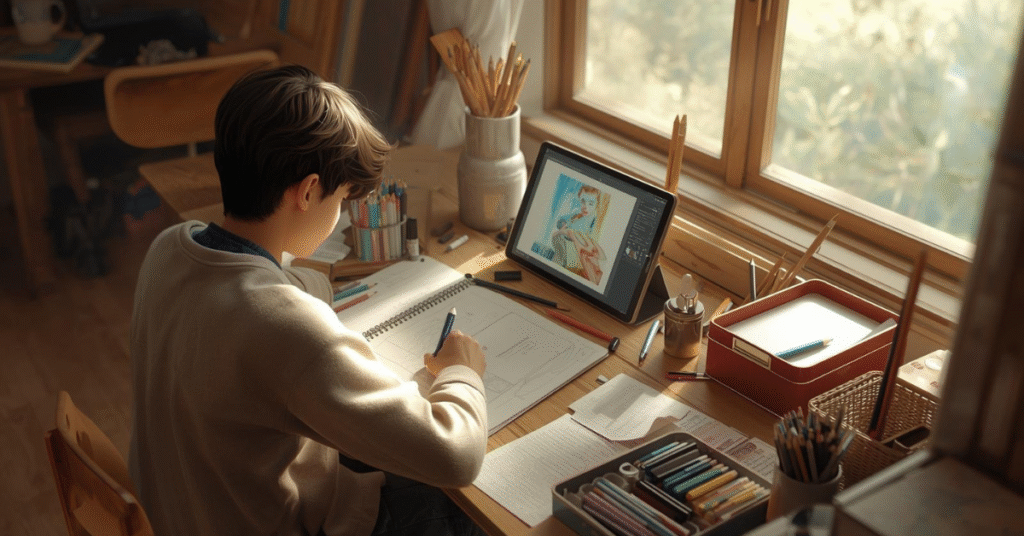“How to create a Art Portfolio as part of your curriculum in a Fine Art or Visual Art Course?”
Creating an art portfolio as part of a Fine Art or Visual Art curriculum is an essential skill for students aiming to showcase their development, creativity, and technical abilities. A well-constructed portfolio not only serves as a key for admissions and assessments but acts as a personal archive demonstrating progress and artistic voice over time.


